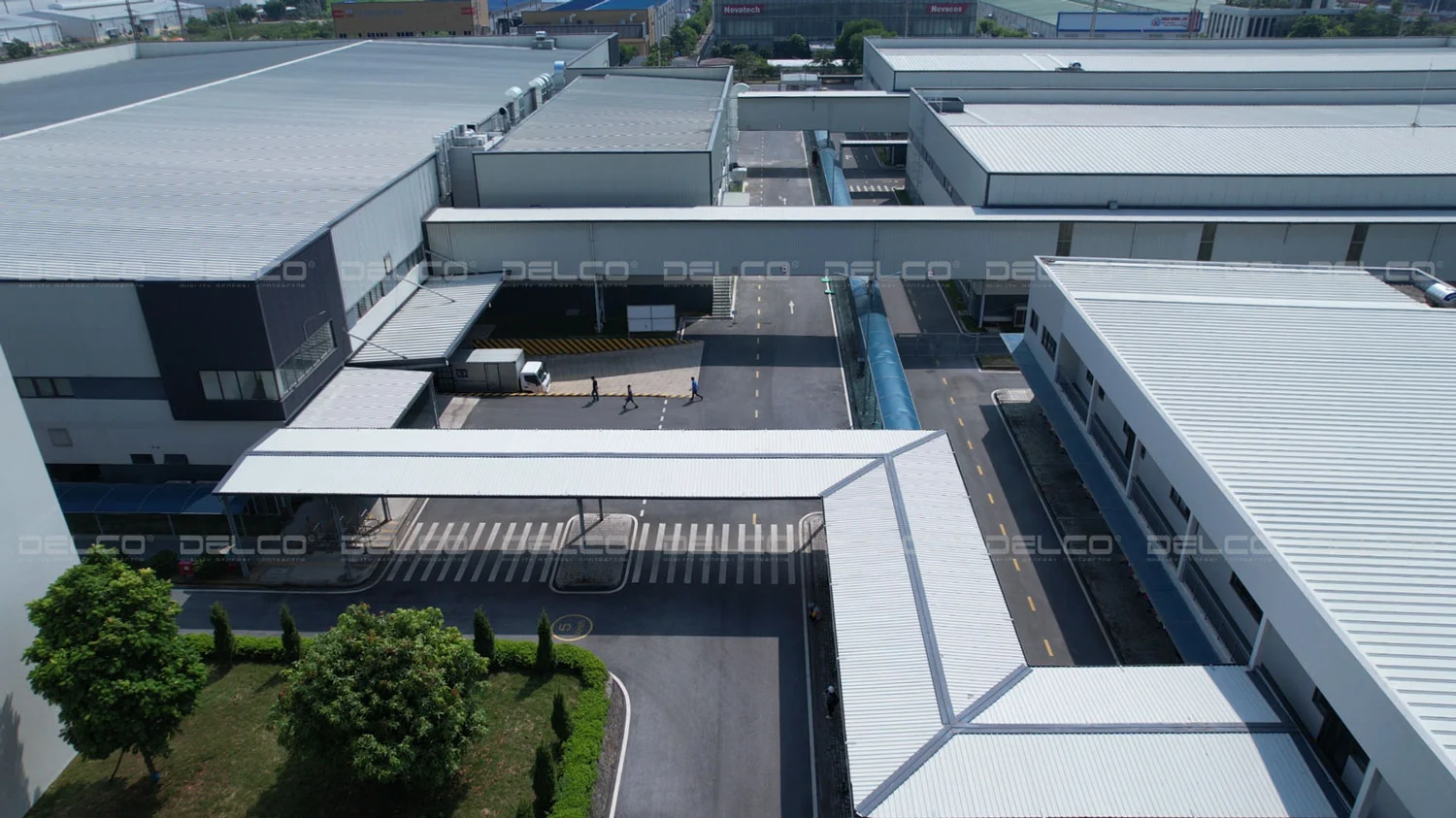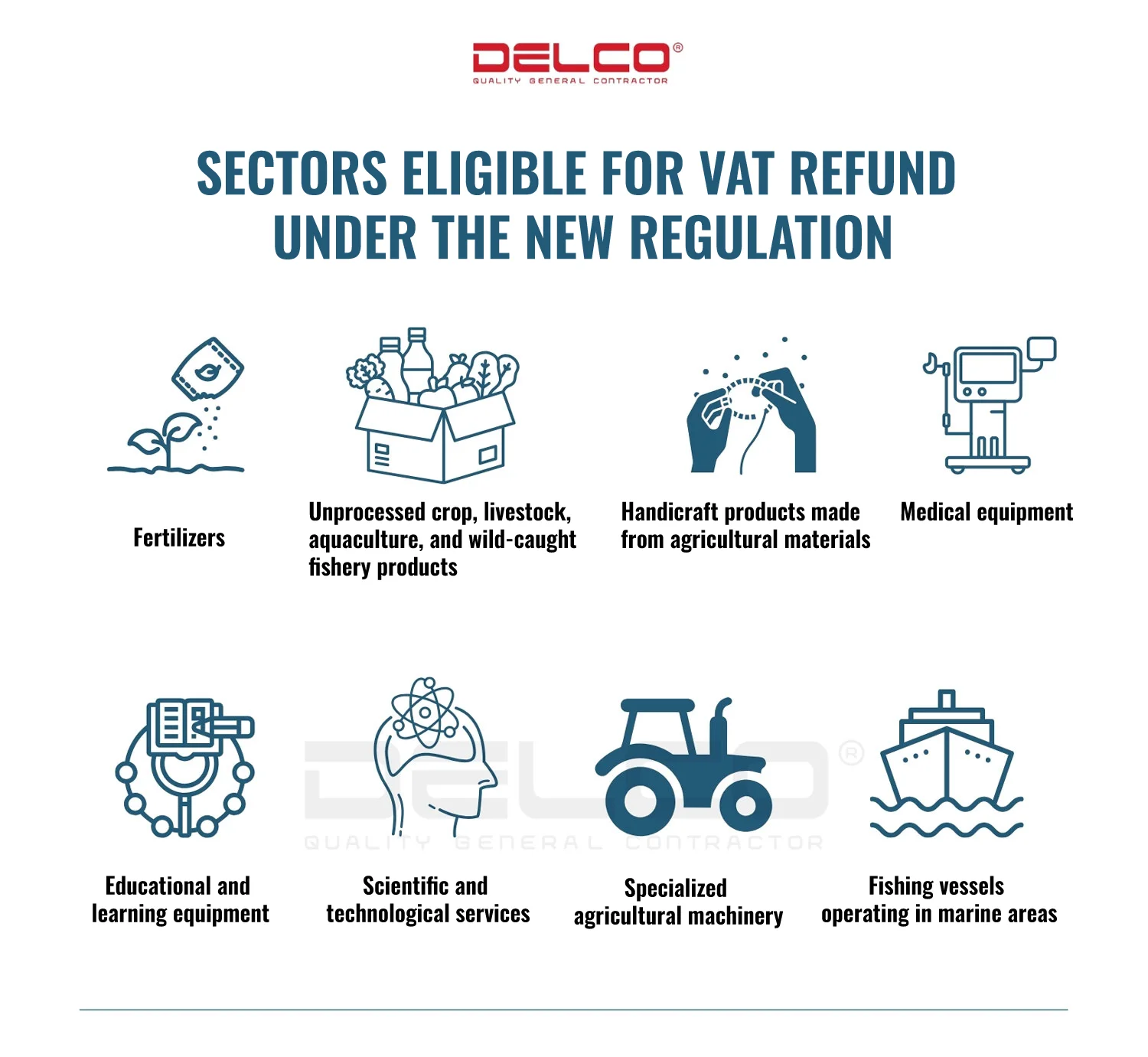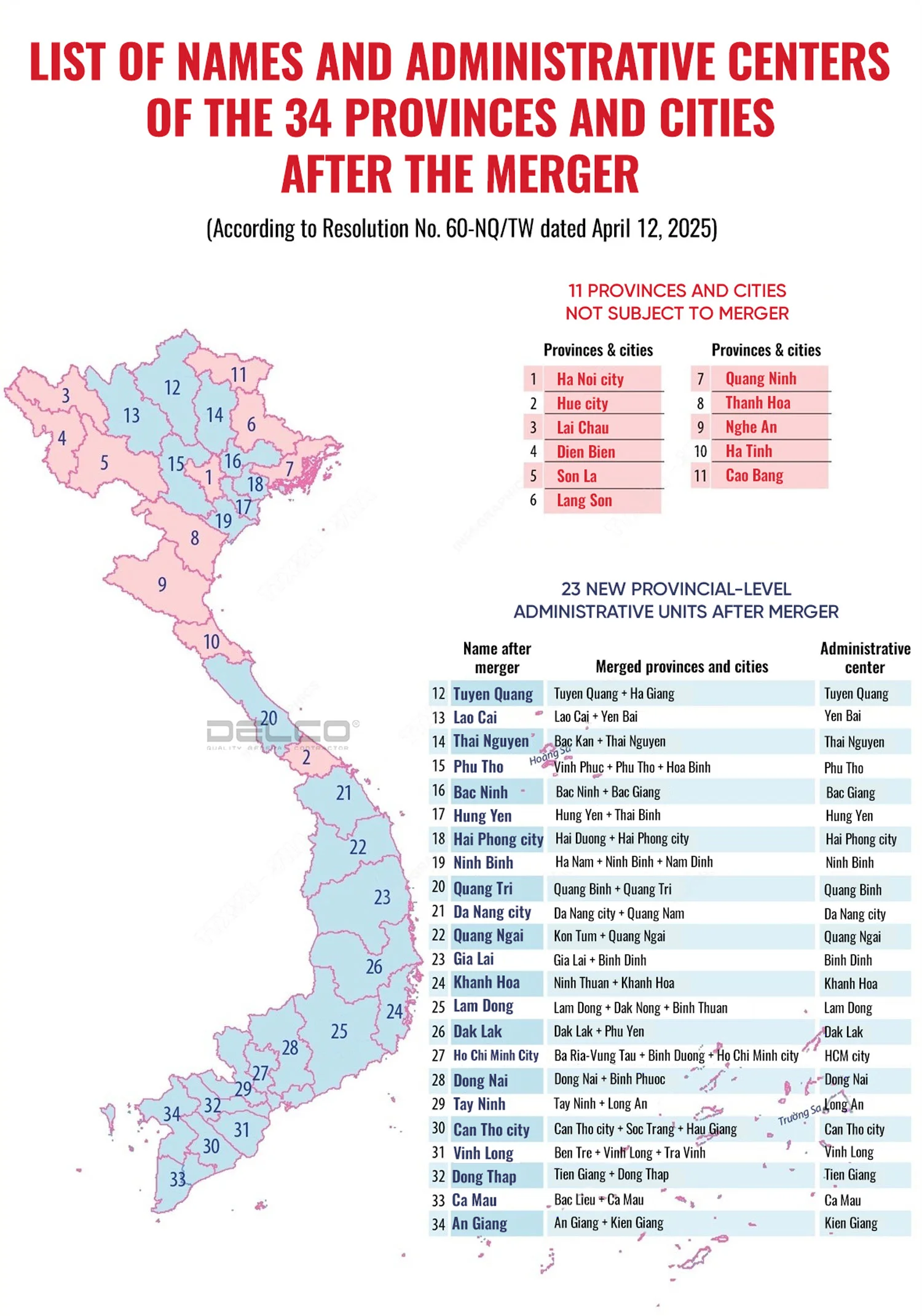Both industrial parks and industrial clusters allow for the establishment of manufacturing facilities; however, there are key differences that investors need to understand in order to choose the most suitable location for their factory. This decision is crucial for facilitating smooth production and business operations, as well as optimize investment cost.
Overview of Industrial Parks and Industrial Clusters
What is an Industrial Park (IP)?
An industrial park is a specialized area designed for the construction of factories and workshops, with planned and well-invested infrastructure. Industrial parks are not limited by size or area and can reach thousands of hectares, making them a good fit for large enterprises or those looking to develop supply chains, optimizing logistics and circular economy practices.
What is an Industrial Cluster (IC)?
An industrial cluster is also a planned area for the construction of factories and workshops, equipped with basic infrastructure. Unlike industrial parks, industrial clusters are limited in size, and thus, are typically more suitable for medium and small-sized enterprises.
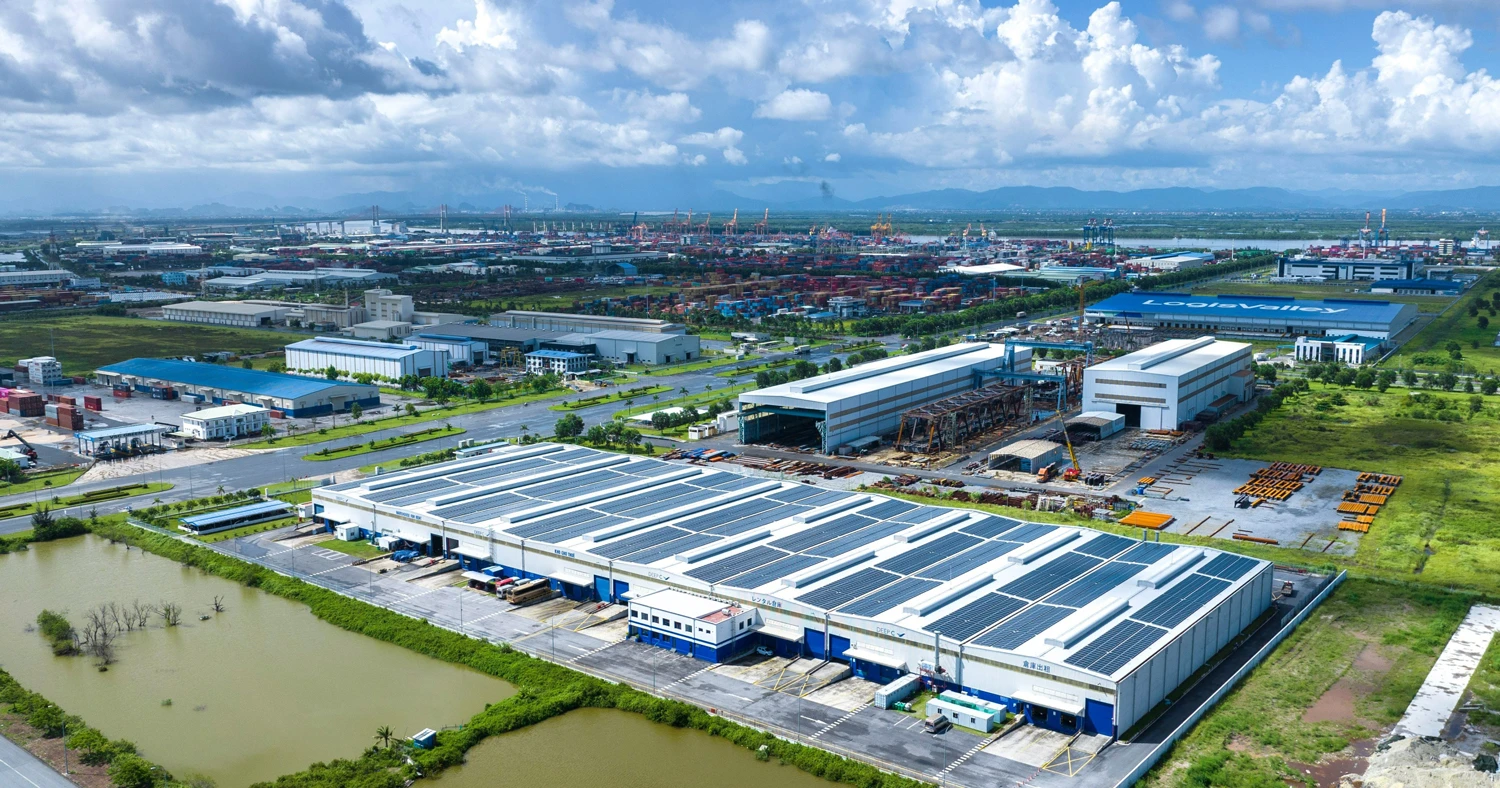
Key Differences Between Industrial Parks and Industrial Clusters
Differences in Scale
Both industrial parks and industrial clusters are designated areas for factory construction, yet there are some key differences that investors need to understand.
| Industrial Park | Industrial Cluster |
|
|
Due to not being limited in area, several industrial parks in Vietnam have been developed and expanded to thousands of hectares. For example, the Deep C Quang Ninh Industrial Park in Hai Phong covers 3,400 hectares, and Nam Dinh Vu Industrial Park in Hai Phong covers 1,329 hectares, attracting FDI from key markets such as Japan, South Korea, and Taiwan. Additionally, the Yen Phong Industrial Park in Bac Ninh, with an area of 1,200 hectares, has been chosen by Samsung as a site for manufacturing components and assembling mobile devices.
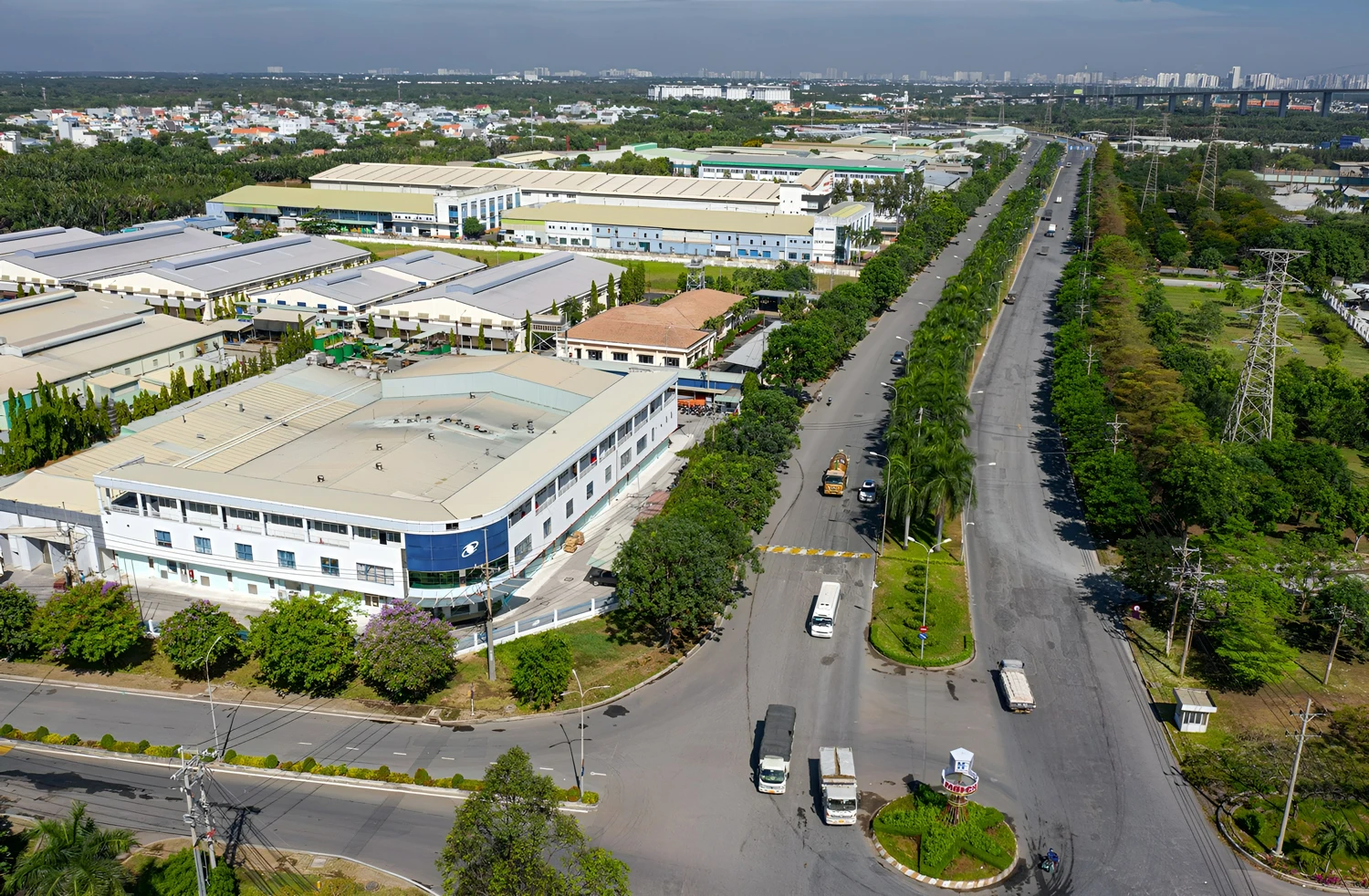
See more: FDI in Vietnam increased by 13.4% in Q1 2024, focused on the processing and manufacturing sectors.
Differences in infrastructure conditions
Most industrial parks in Vietnam are currently focused on investing in synchronized and modern infrastructure to meet all the production needs of businesses. Meanwhile, industrial clusters, a newer form, are also paying attention to infrastructure increasingly.
| Industrial Park | Industrial Cluster |
|
|
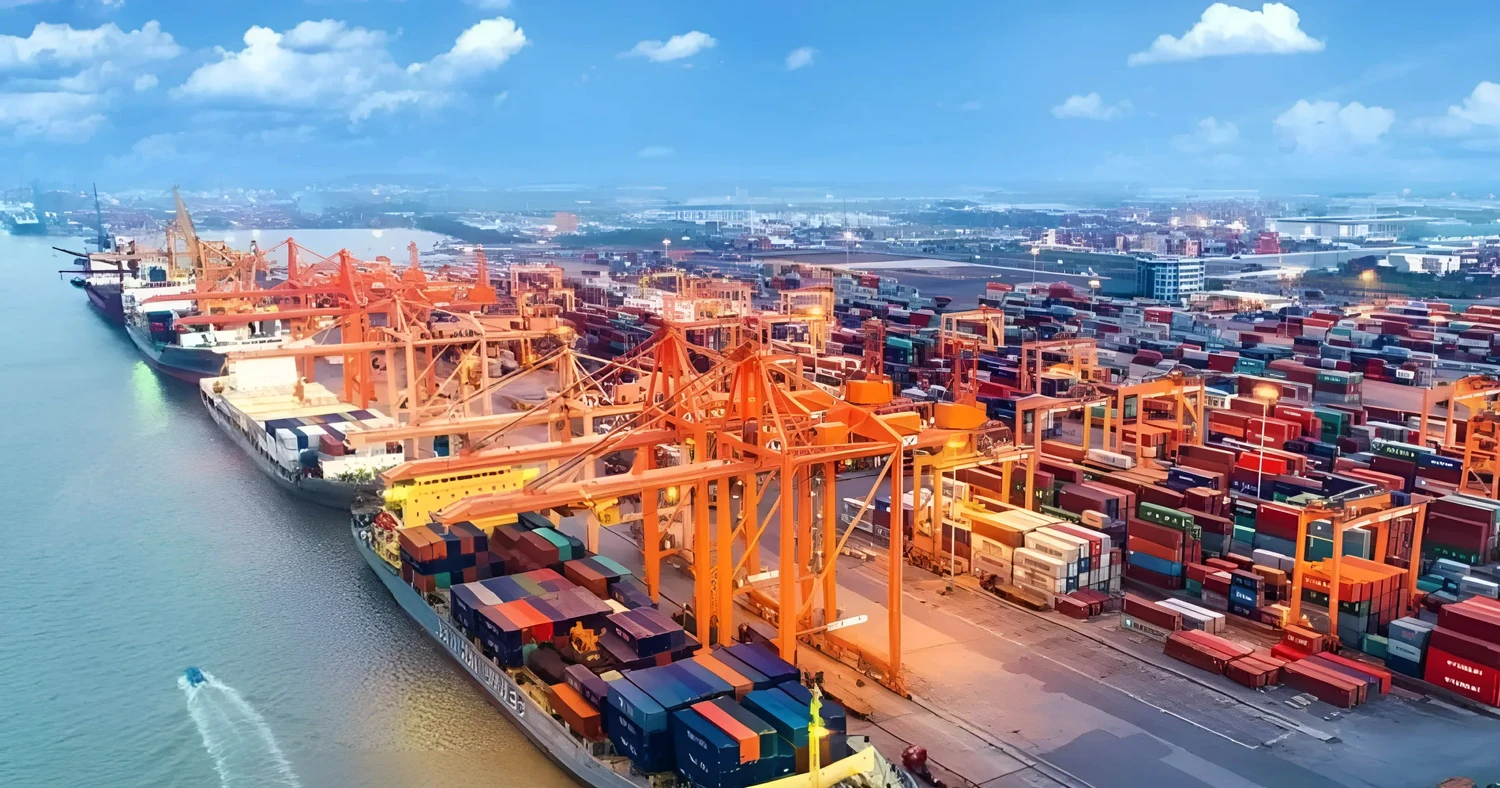
Differences in Specific Investment Sectors
Both industrial parks (IPs) and industrial clusters (ICs) are designated areas for establishing manufacturing facilities. However, there are differences in the types of businesses and specific regulations for certain investors:
| Industrial Park | Industrial Cluster |
|
|
Differences in Investment Costs
| Industrial Park | Industrial Cluster |
|
|

Differences in Investment Procedures
| Industrial Park | Industrial Cluster |
|
|
Thus, depending on the scale and production needs of each business, investors need to carefully research and select a factory location that is appropriate, ensuring that the plant operates smoothly and meets future expansion requirements.
See more: List Of Industrial Zones In Vietnam – 2023 – Delco Construction (delco-construction.com)
See more: Investment Consultancy and Factory Construction Project Managing


